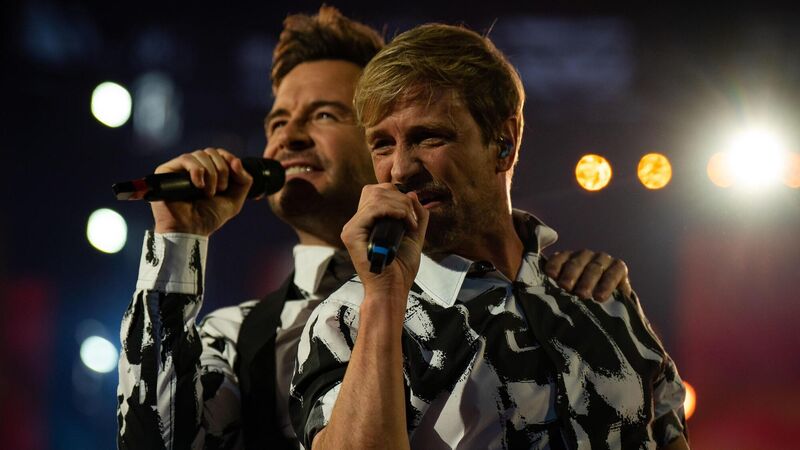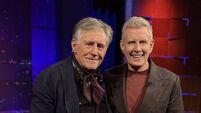Westlife: 10 things you should know about Ireland's most successful boyband

Shane Filan and Kian Egan of Westlife on stage at Wembley recently. Picture: Aaron Chown/PA Wire
Westlife are living their best life, having recently headlined Wembley for the first time and with two gigs at Cork’s Páirc Uí Chaoimh to look forward to this weekend.
The ageing process can be tricky for boybands and their audience doesn’t always hang around for them (just ask East 17, Blue or 5ive – now a trio). But it’s been a triumphant comeback by Westlife since they reformed in 2018 after six years away. Their 2019 album Spectrum went to number one in both Ireland and the UK while last year’s, Wild Dreams, hit number two in both markets.




